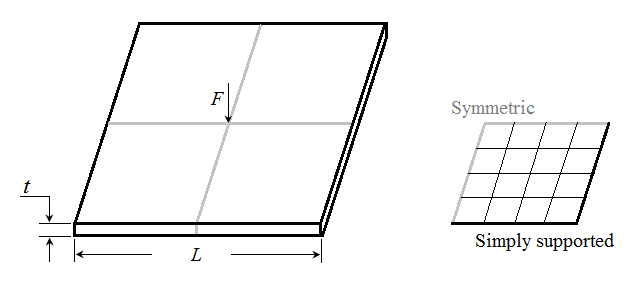An evangeliser from India to FranceFeast day: 8 August
While native Indian saints like St. Gonsalo Garcia and St. Joseph Vaz who lived in the last 500 years are well known, it would surprise many to hear that there was a native Indian saint back in the fifth century. The Roman Martyrology, the official record of saints of the Catholic church, has this to say about the little-known St. Severus of Vienne:
'At Vienne, in France, St. Severus, priest and confessor, who undertook a painful journey from India in order to preach the Gospel in that city, and converted a great number of Pagans to the faith of Christ by his labours and miracles.'
So, who was this man, who traversed deserts and oceans, but was lost in the sands and flowing water of time? Severus was a priest and missionary who evangelised in the city of Vienne in south-east France and constructed many churches.
Severus was said to be Indian by birth. He was a man of great wealth. His parents died when he was very young. Severus sold his possessions and distributed the money among the poor. Following God's call, he was ordained a priest and travelled to Vienne. At that time, there were still pagans who worshipped false gods and idols in the region. Severus stopped at a place called Vogaria before reaching Vienne. Here, he knocked down a tree dedicated to pagan worship. He found a treasure buried at the foot of the tree. Severus used it to found a chapel in honour of St. Alban (now the church of Saint-Alban-du-Rhône) and he baptised the pagans there.
Severus settled in Vienne around the year 430. In Vienne, there was a famous temple known as 'The temple of the hundred gods', because it contained the idols of numerous pagan gods. With just a prayer of the saint, the temple fell to the ground. Seeing this, an exceedingly large number of pagans converted to Christianity. Severus began the construction of a church dedicated to the protomartyr Stephen at the exact spot where the temple consecrated to pagan idols stood earlier. While digging the earth to quarry stones for the construction, a silver vase, full of coins was discovered. Recognising that this was divine providence, and a sign of confirmation of his mission, Severus gave thanks to God and distributed a part of the money to the poor, and the rest was used for the upkeep of the building and to provide for the needs of the worshipers there. The vase in which the money was found was used at the altar of the church for centuries.
There is an interesting story about Severus and St. Germanus (c. 378-448), the bishop of Auxerre. Germanus had promised that he would attend the dedication of the church of St Stephen, and when he died, his body was borne through Vienne on the day of the dedication of the church and carried into the church.
Severus died around the year 455 in Italy, but his body was brought back and buried in the church of St. Stephen, which he had constructed, and which would later take the name of St. Severus. The church was rebuilt at the end of the 11th century and abandoned in the beginning of the 18th century. Its remains are still visible, embedded in a building. Thanks to the work of St. Severus, the last vestiges of paganism in that region were wiped out. The city of Saint-Sève in France is named after Saint Severus of Vienne. St. Severus of Vienne is considered as a saint in the Catholic as well as Orthodox churches, like all other saints prior to 1050.
Saint Severus was a man who did not let his wealth become an obstacle to attaining holiness, and could end paganism by the power of prayer. We can surely count on his intercession to help us stand up to modern-day versions of paganism: materialism and the worship of money. We can also pray for his intercession for the people of his homeland: the Indian sub-continent and its neighbourhood, many parts of which are undergoing crises. Severus' life is a reminder that Jesus was also an Asian, and there is a need to preach his Gospel in Europe too. He will also surely intercede for Indians living in France and Europe.
In other languages:
French: Saint Sévère de Vienne
Spanish: San Severo de Vienne
 |
| The image shows a mereau (token) of the chapter of St. Severus of Vienne, dated 1524, that entitled the bearer to receive food. The token shows St. Severus holding a chained devil in his hand. This is because of an incident when he drove the demons away from a road where they had already killed a man. |
 |
| An illustration of St. Severus of Vienne from the Facebook and Instagram pages of the Diocese of Grenoble |
 |
| An impression of St. Severus of Vienne generated by MetaAI (with Llama 3.1). Like the old coin, it shows St. Severus with a chained devil. |










